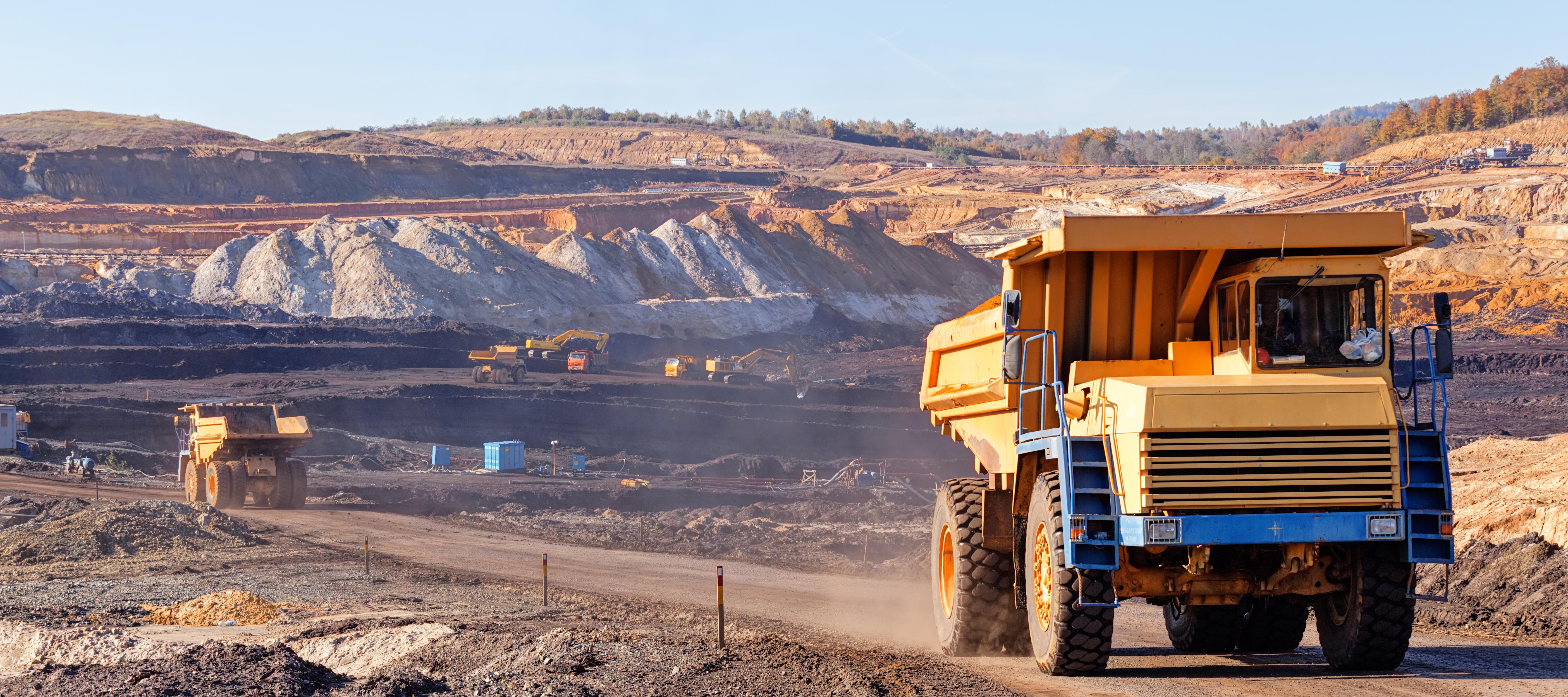Iran’s mineral industries have received a new lease of life following the easing of economic sanctions in January, as part of last year’s historic nuclear deal between Iran and the six world powers.
Plummeting oil prices plus trade limitations caused by the sanctions had deprived the mining sector’s growth path. Industries, including miners and metalworkers, had to resort to unconventional means to ship their goods overseas and be paid for it. Foreign investors and banks also refrained from doing business with Iran, leaving the country with China as the only viable choice. This led to years of Chinese monopoly over Iran’s market, the legacy of which still lingers on.
However, the removal of trade barriers earlier this year prompted renewed interest in Iran’s mineral riches, which largely remain untapped.
Iran possesses over 68 types of minerals with more than 37 billion tons of proven reserves and 57 billion tons of potential reserves, including deposits of coal, iron ore, copper, lead, zinc, chromium, uranium and gold. According to the United States Geological Survey, Iran holds the world’s largest zinc, 9th largest copper, 10th largest iron ore, 5th largest gypsum and barite and 10th largest uranium reserves. Overall, Iran is home to more than 7% of global mineral reserves.
The mining sector saw the signing of a series of deals during President Hassan Rouhani’s visit to Italy and France in January.
During the visit, Italian giant Danieli Group, which is one of the world’s largest suppliers of metal industry equipment and plants, signed deals worth close to $6.2 billion with Iran’s largest mining holding company, Iranian Mines & Mining Industries Development & Renovation for cooperation in the steel and aluminum sectors.
Signed in Rome by Danieli’s CEO Gianpietro Benedetti and IMIDRO head Mehdi Karbasian, the deal stipulates the launching of a joint venture under the name of “Persian Metallic’s” in Iran by Danieli’s plant-making division with an initial investment of $2.18 billion, in addition to the supplying of high-tech machinery and plants to a number of Iranian steel and aluminum companies, valued at $4 billion.
Feasibility Studies
According to Karbasian, Persian Metallics’ construction process is nearly complete, its Iranian-Italian board of directors has been chosen and it is conducting feasibility studies on a mine. Persian Metallics is set to produce 6 million tons of pellets per year.
IMIDRO also signed a deal for cooperation in the aluminum sector with the French Fives Group during the visit, which stipulates the establishment of a joint anode production company. Primarily made from petroleum coke, anode is one of the main raw materials required for aluminum ingot production.
The anode production plant, with a production capacity of 450,000 tons per year, requires $400 million of investment and is IMIDRO’s largest initiative ever taken to expand Iran’s aluminum production capacity.
Another big post-sanctions deal was signed with South Korea whereby the country agreed to provide projects in Iran’s mining industries with €1.15 billion of financing. The financing, according to Karbasian, was part of a memorandum of agreement signed during the President of South Korea, Park Geun-hye’s visit to Tehran in May.
Based on the MoU, South Korea’s POSCO is to supply Pars Kohan Diyar Steel Complex (PKP) with its FINEX steelmaking technology through establishment of a new steel-rolling plant. The company is already conducting feasibility studies and is expected to start construction in September.
The joint venture with PKP includes two phases. The first is a 1.6 million ton-per-year integrated steel mill using FINEX technology for the production of hot rolled coil (HRC). The second is a cold rolled coil (CRC) and hot dipped galvanized coil (HDG) mill of 600,000 tons per year.


